Ardfinnan Castle, nestled in the picturesque landscape of County Tipperary, Ireland, has long been an enigmatic yet captivating historical site. This article delves into the intriguing history of Ardfinnan Castle, exploring its construction, purpose, and the many prominent figures who have contributed to its rich past. For those with a love of Irish history or simply seeking to learn more about this unique castle, this comprehensive guide will be an invaluable resource.
Early Beginnings – The Construction of Ardfinnan Castle
The story of Ardfinnan Castle begins in the late 12th century when it was built by Prince John of England, the future King John I, on a strategic site overlooking the River Suir. Established in 1185, the castle was designed to protect the fording point of the river, which played a crucial role in the region’s transportation and trade. The castle was constructed with the dual purpose of both defending and consolidating the Anglo-Norman control over southern Ireland.
A Norman Stronghold – The De Burgh Family
In the early 13th century, the castle came under the control of the powerful de Burgh family, also known as the House of Burke. As a significant Anglo-Norman family in Ireland, they held vast territories and played a pivotal role in shaping the history of the country. It was under the de Burghs that the castle would undergo several significant modifications and expansions, transforming it into a formidable stronghold.
The Siege of Ardfinnan – A Turning Point in Irish History
One of the most notable events in Ardfinnan Castle’s history took place in 1319 when the castle was besieged by an army led by Piers Gaveston, Earl of Cornwall. The siege marked a turning point in the castle’s story, as it demonstrated the vulnerability of the Anglo-Norman control in Ireland. Although the defenders were able to repel the attack, the events of the siege served as a catalyst for the subsequent rise of Gaelic Irish power in the region.
The Mighty Butlers – New Lords of Ardfinnan Castle
In the 14th century, the castle was transferred to the Butler family, who would remain its owners for centuries to come. The Butlers, also known as the Earls of Ormond, were another influential Anglo-Norman family with vast holdings in Ireland. Under their rule, Ardfinnan Castle continued to serve as an essential stronghold in the region, and further improvements were made to its defensive structures.
The Tudor Era – A Time of Turmoil and Transformation
The Tudor period, which spanned from the late 15th to the early 17th century, brought about significant changes to Ardfinnan Castle’s history. As the English crown sought to strengthen its control over Ireland, the castle became a symbol of English authority in the region. During this time, the castle was subjected to numerous attacks by both Gaelic Irish and rebel forces. Despite these tumultuous events, the castle remained a critical stronghold and underwent further fortification and expansion.
The Cromwellian Conquest – A Dark Chapter in Ardfinnan Castle’s History
The mid-17th century saw one of the darkest chapters in Ardfinnan Castle’s history with the arrival of Oliver Cromwell and his New Model Army. The castle was heavily damaged during the Cromwellian conquest of Ireland, which led to significant destruction.
Reconstruction and Restoration – The Resurgence of Ardfinnan Castle
In the wake of the Cromwellian conquest, Ardfinnan Castle lay in ruins. However, the resilient spirit of the Irish people and the castle’s strategic importance led to its eventual restoration. In the late 17th and early 18th centuries, the castle was gradually reconstructed under the guidance of the Butlers and other local families. This period saw the castle regain much of its former glory and reestablish its role as a formidable stronghold in the region.
The Georgian Era – A Time of Elegance and Refinement
During the 18th century, the Georgian era brought about a newfound sense of elegance and refinement in architecture and design. This shift in tastes led to significant changes to Ardfinnan Castle’s appearance. The medieval fortress was transformed into a stately residence, complete with elegant Georgian architectural features and ornate decorative elements. The castle’s new aesthetic reflected the changing times and social attitudes, providing a fascinating glimpse into the evolving history of Ireland.
The 19th Century – A Period of Decline and Disrepair
Unfortunately, the 19th century saw a decline in Ardfinnan Castle’s fortunes. As Ireland experienced significant social and political upheaval, the castle gradually fell into disrepair. A combination of the Great Famine, the Land Wars, and the decline of the Anglo-Irish aristocracy contributed to the castle’s deterioration. By the end of the century, the once-magnificent stronghold was a shadow of its former self.
The 20th Century – Reviving the Legacy of Ardfinnan Castle
The 20th century brought about new hope for the restoration and preservation of Ardfinnan Castle. In the early 1900s, the castle was purchased by a local family who sought to preserve its historical and cultural significance. Over the following decades, the castle underwent extensive restoration efforts, with an emphasis on preserving its unique architectural features and historical integrity. These efforts culminated in the castle being recognized as a National Monument in the 1940s, securing its place in Irish history.
Present Day – Ardfinnan Castle as a Historical Attraction
Today, Ardfinnan Castle stands proudly as a testament to the resilience and determination of the Irish people. The castle is unfortunately closed to the pubic, but sometimes the grounds are open to visit.
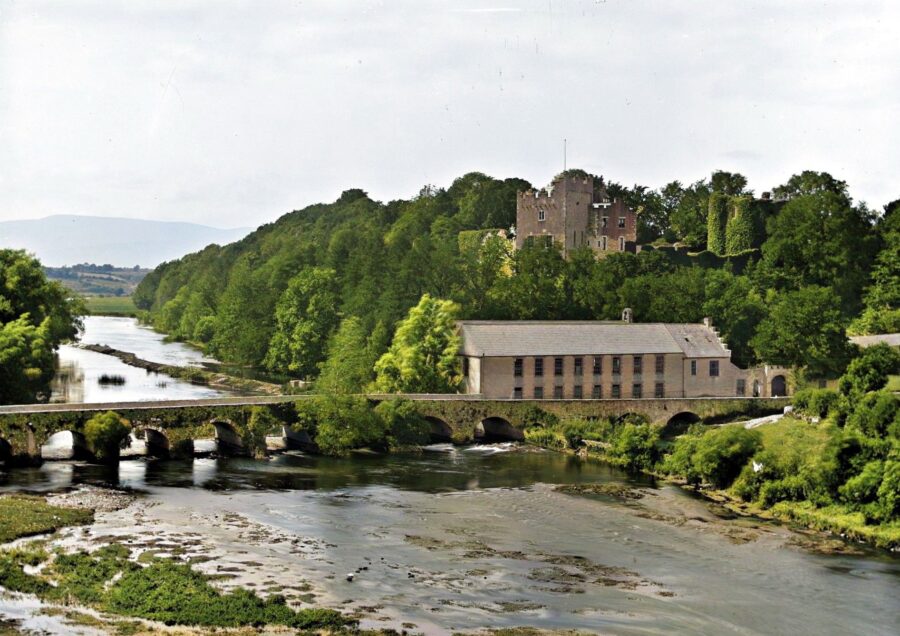


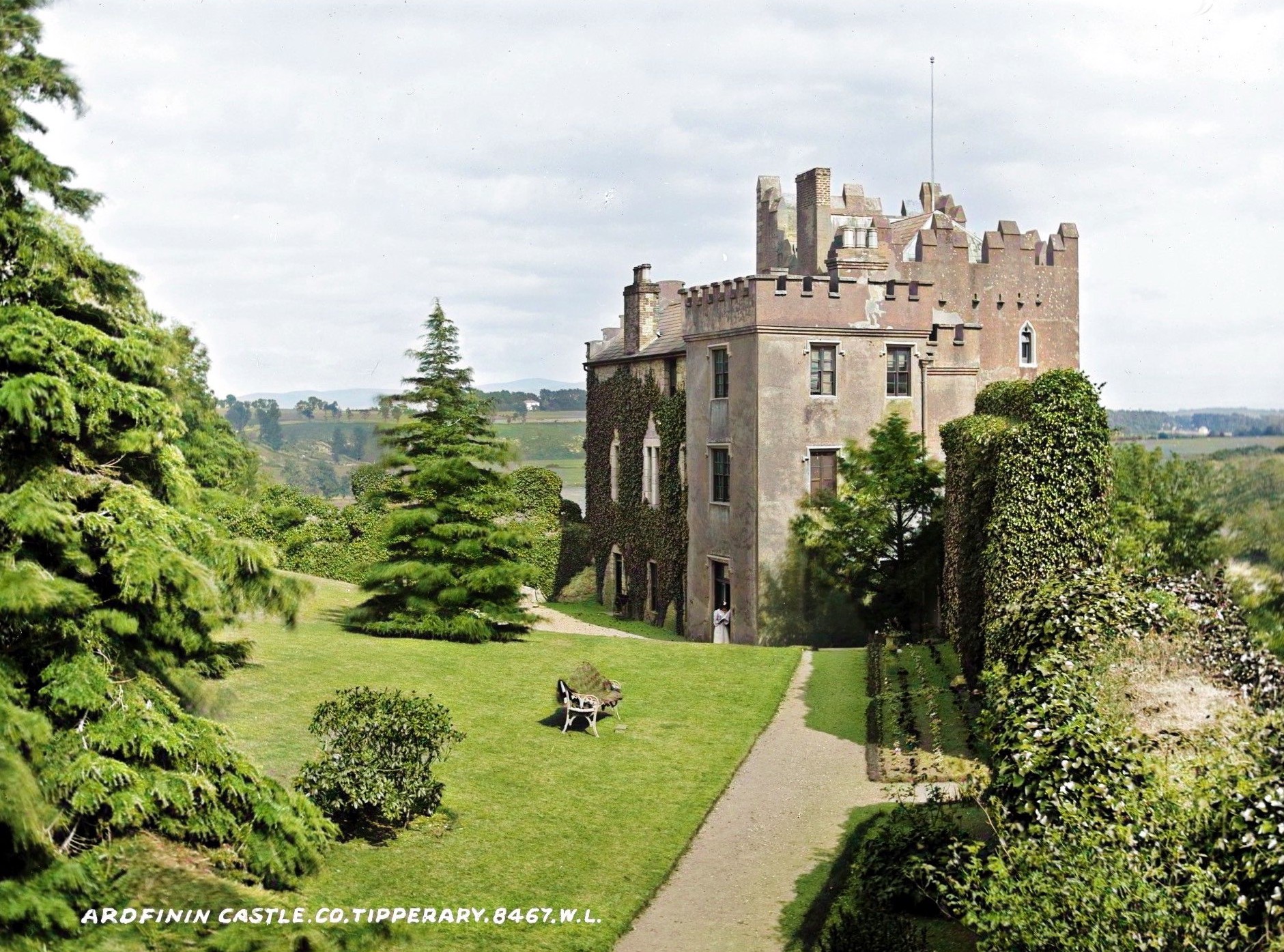
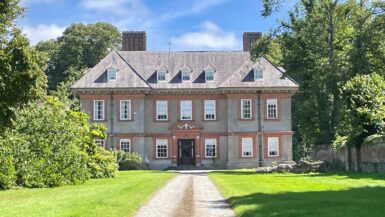
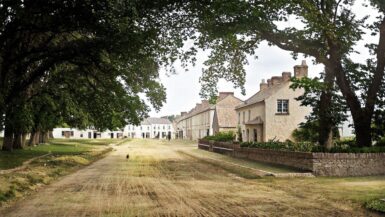
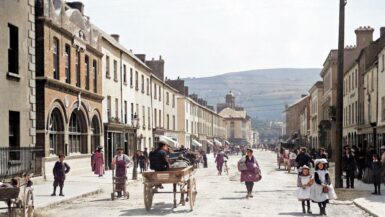
Leave a reply